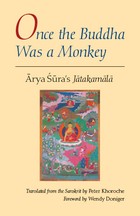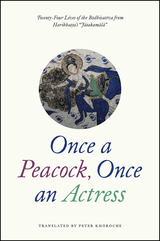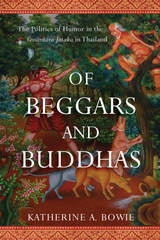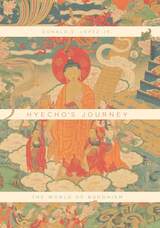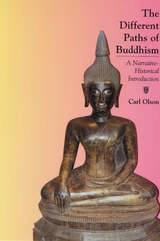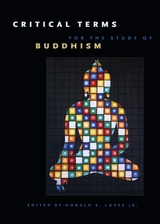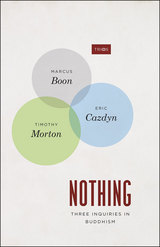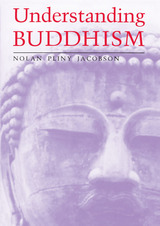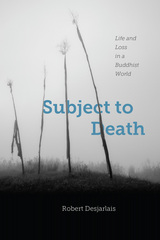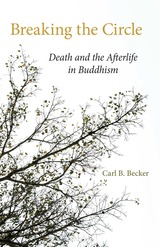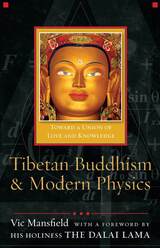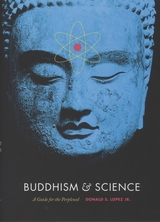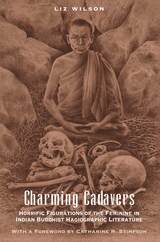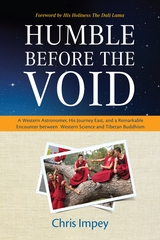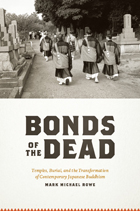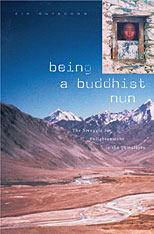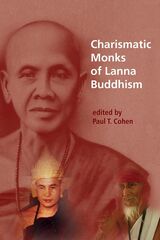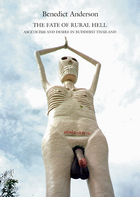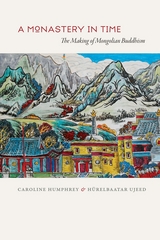A Bull of a Man is one of the most creative and remarkable manuscripts on an Indian-Buddhist related topic that I have read in the past quarter-century. No other publication on embodiment in Buddhism even approaches its sophistication. It is an exciting, essential volume for all in Buddhist studies.
-- Charles S. Prebish, Utah State University
Whereas for years Western scholars have propagated a disembodied view of Buddhism, John Powers makes a powerful case for the Indian tradition's obsession with gender, sexuality, and the body. Engagingly written and packed with fascinating details, A Bull of a Man is a major contribution to Buddhist studies and a must read for anyone interested in the interaction between gender and religion.
-- Christopher E. Forth, author of Masculinity in the Modern West
A wide audience will benefit from reading it.
-- Björn Krondorfer Journal of Men, Masculinities, and Spirituality
For the first time, Powers's study presents us with a new perspective on the Buddha as an ideal, perfect man for others to emulate through his careful examination of masculinity in Indian Buddhist literatures...Powers's study offers the reader a fresh look from a community perspective of how the immediate disciples of the Buddha lived together and associated with one another, how they treated their bodies in private and in meditation, and how they interacted with women. Contrary to conventional understandings, Powers also shows that, as human beings, the Buddhist monks also built intimate friendships, valued companionship, and encountered challenges of various kinds. Thus, this book broadens our understanding of the foundational Buddhist community and the lives of its members.
-- Guang Xing American Historical Review
A welcome addition to a growing corpus of scholarship on body, gender, and sexuality in Buddhist studies...Powers displays an encyclopedic knowledge of South Asian Buddhist history and literature...Powers excels at documenting broad changes in concepts of masculinity and body across Buddhist sects.
-- Susanne Mrozik H-Net Reviews
Although the Buddha was depicted in early Buddhist literature as a virile and stunningly beautiful man, in the modern West he has been largely stripped of his masculinity by well-meaning, if historically inaccurate, attempts to render him asexual and gender neutral. In A Bull of A Man John Powers seeks to reinvigorate the Buddha and his early disciples, restoring to them the masculinity that the authors of the Pali canon clearly intended them to have. Powers' readings of the early biographies of the Buddha show that the story is one of heroic and manly self-control, and in the Vinaya he finds evidence in the stories of sexual escapades that early Indian monks were routinely depicted as models of masculinity. While their chastity may have yoked their seminal energies for the pursuit of the exalted goal of liberation, their minds appear to have remained with their manhood.
-- Alexander Gardner Buddhadharma
Powers plots the ways in which masculinity and the Indian Buddhist path are discursively intertwined, and he offers explanations for an Indian Buddhist discourse of masculinity that many have ignored or found counterintuitive. He situates his work within emerging scholarship on religion, gender, and the body, noting the central importance of somatic displays of virtue and of the male body in particular as a symbol of spiritual accomplishment in Indian Buddhism. Calling on the theoretical work of Michel Foucault, Judith Butler, Pierre Bourdieu, and others, Powers further suggests that Buddhist discourses of masculinity were a vital resource for Indian Buddhists who had to perform their masculinity in order to succeed in their local social environments...Powers's employment of masculinity as an interpretive category in the study of Indian Buddhism is fresh and extremely useful. His mastery of a wide range of textual sources in several Buddhist languages makes his discussion substantive and well balanced. Furthermore, he takes a pedagogical tone throughout, always providing a basic discussion of Buddhist traditions even while advancing more sophisticated arguments about gender and the body in Buddhism. These qualities make his volume one of a rare few that are both challenging for experts and accessible to students...A Bull of a Man is a solid and worthy study that will be revelatory to many.
-- Amy Paris Langenberg Journal of Asian Studies
A Bull of a Man is an exceptional contribution to the field of Indian Buddhist Studies. The main argument is simple, and yet scholars in the field have consistently missed it for decades. Powers has managed to put his finger on a central theme in Buddhist literature that has evaded the majority of us...Powers has opened the door to a new and exciting field of inquiry for Buddhist Studies.
-- Vanessa Sasson Journal of Buddhist Ethics
This compelling book on the masculine aspects of the Buddha's body explores areas untouched by current studies in "embodiment" in Buddhism. While traditionally, discussions of the body in general, and of the Buddha's body in particular, have highlighted the intersexual and asexual nature of the Buddha...this intriguing and persuasive work explores the "manliness" of the Buddha's body...Indispensable for all early Buddhist study.
-- E. Findly Choice

